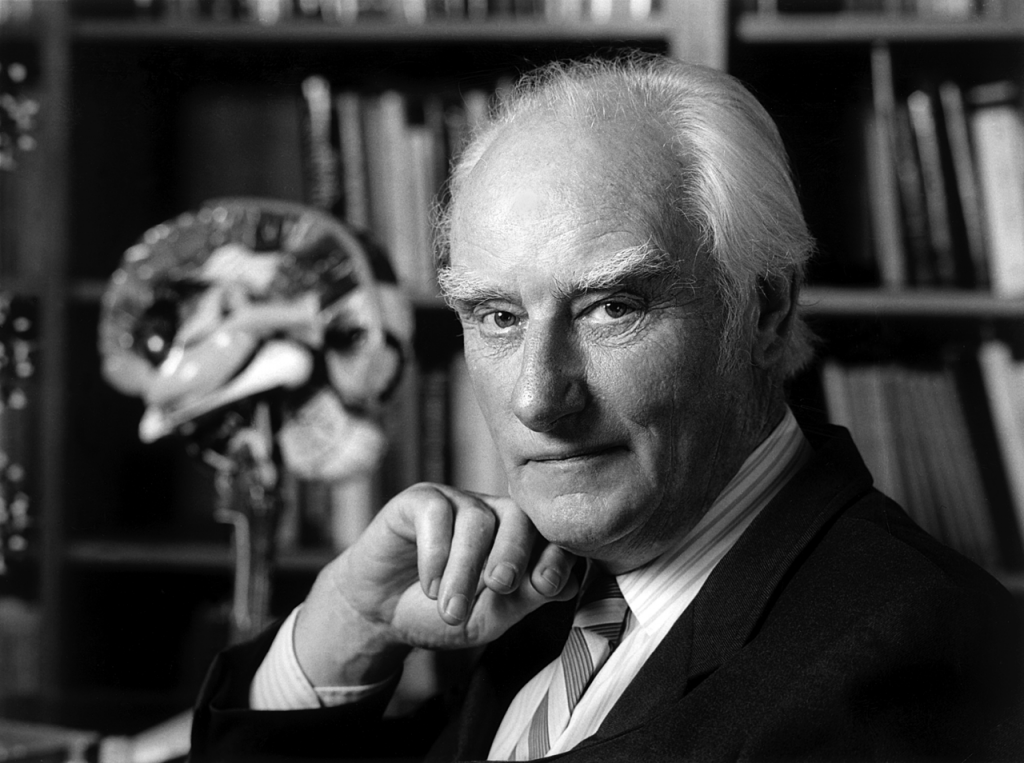Francis Crick, the co-discoverer of the double helix formation of the DNA molecule, is one of the most important scientists to ever study molecular biology. He was one of the most successful scientists ever and contributed a great deal to our understanding of molecular biology.
1. Sharing The Nobel Prize
Francis Crick shared the Nobel Prize in physiology or medicine in 1962 with James Watson and Maurice Wilkins for discovering and modeling the structure of DNA. This was one of the most important breakthroughs and discoveries of modern science and was viewed as a giant stride in understanding how people gain the attributes they have and develop.
2. Born During World War I
Unlike Watson, Crick was British and was born in Northampton, England. He was born in the middle of World War I which played a significant role in his life and affected him in many different ways. His life and ambitions were shaped by the circumstances in which he lived.
3. Importance of Education
As is the case with most scientists, education was very important for Crick; he was an excellent student. Crick graduated from University College in London with a Bachelors of Science in physics. He also studied biology at the University of Chicago’s Strangeways Research Institute.
4. Discovery of the Double Helix
Crick discovered the double helix structure of the DNA molecule when he was studying at Cambridge with James Watson. He worked in the Cavendish Laboratory and in the Laboratory of Molecular Biology, both at University College. He completed his Ph.D. in 1954 on a thesis about X-rays. He was very interested in the structure of various cells and made some fantastic discoveries that allow us to understand as much as we do today.
5. Affected By Both World Wars
Like so many others during the time, Crick was affected by both World War I and World War II. During the Second World War, Crick worked on explosive mines for the British Navy.
6. 1 Amino Acid Equals 3 ’Steps’ of the DNA Ladder
Although Crick and Watson worked together to discover the DNA structure, many say that it was actually Crick who discovered that it takes three ’steps’ of the DNA ladder to make up one amino acid. This is a very important concept and helps other scientists and researchers understand which parts of the genetic code are performing which functions and this helps them to learn even more about DNA.
7. Very Significant Contribution to Molecular Biology
Though there is not a single person who created molecular biology, Crick made a very significant contribution to the field. It was said that Francis Crick knew more about the intellectual side of molecular biology than anyone else on earth. People said that he knew and understood the most about the field of molecular biology and that is likely reason why he made the discoveries that he did.
8. Significant Work With DNA
Although Crick is most famous for discovering the structure of the double helix, he has also made some other significant contributions to science since then. After the double helix, he worked on determining the relationship between DNA and how genetic coding actually happens. He also discovered the function of genetic material in determining how specific proteins are produced in the body.
9. The Basic Genetic Code
Crick was partly responsible for establishing the basic genetic code and also learned how to predict the mechanism for protein synthesis. The work he completed on this helped with many of the other discoveries with DNA and RNA that followed.
10. Many Awards
Crick also won many awards including the Nobel Prize in 1962 for his discovery of DNA. This award was shared with James Watson and Maurice Wilkins. He was a Visiting Lecturer at Rockefeller Institute in 1959, won the Albert Lasker Award in 1960 and was a Visiting Professor at Harvard University. In 1962, he won the Gardener Foundation Award and the Royal Society’s Royal Medal in 1972.
